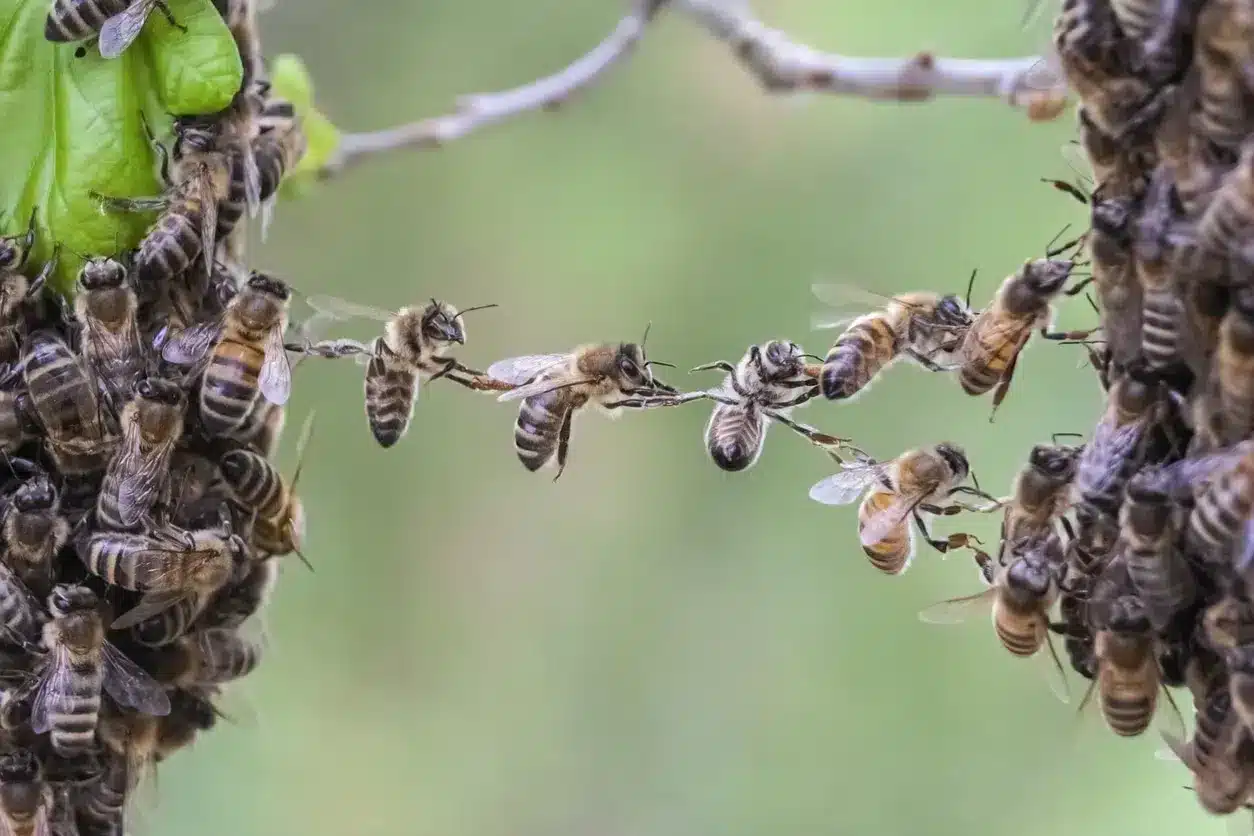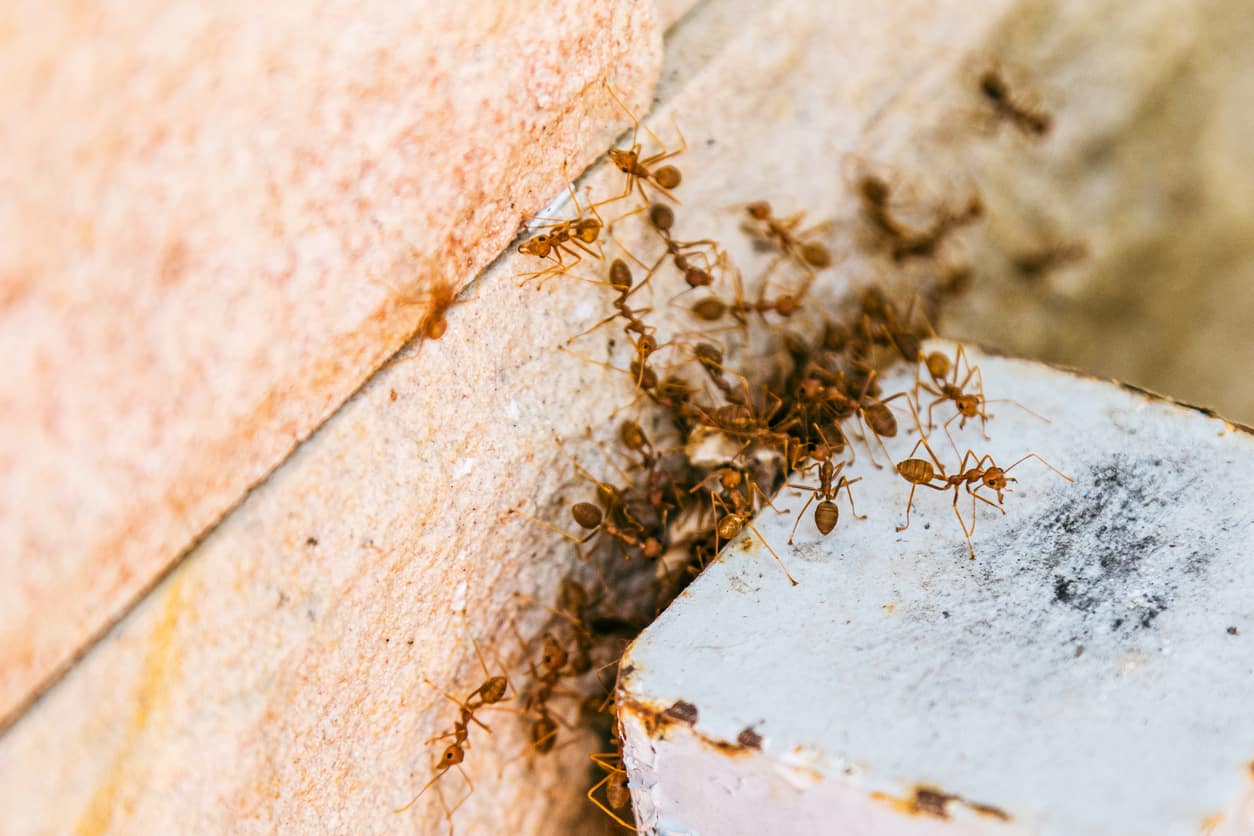
Dealing With A Swarm of Ants or Bees
Some insects, like bees, can be extremely dangerous by themselves, but when they get together in swarms is when you can really see some trouble. In some cases, however, the swarmers aren’t the ones to watch out for, like with fire ants. No matter what comes flying your way, just call Hulett to help evaluate and solve your pest problems!
Seeing a swarm of insects can be terrifying! Just ask the National Weather Service Forecast Office in Oklahoma that once picked up what appeared to be rain clouds over western North Texas. This didn’t seem unusual until the forecasters realized that the clouds weren’t clouds…the radar was picking up thousands of grasshoppers and beetles, very common in the agricultural area of Texas. Grasshoppers and beetles were flying between the ground and 2,500 feet, covering an area of about 50 miles.
Even when the swarm isn’t raining down on you, it’s essential to keep in mind that South Florida swarms can be just as problematic.
Bee Swarms
The term “swarm” can quickly bring buzzing bees to mind. Swarming is the process of forming a new bee colony when the queen bee leaves the colony with a large group of worker bees.
Typically, bees swarm in the spring as they search for an ideal spot to establish a new colony. The swarm can contain 5,000 to 20,000 bees and may be as small as a softball or larger than a basketball. In the primary swarm, about 60% of the worker bees leave the original hive location with the old queen.
Seeing a large cloud of flying bees that seems to drift along through the air can be somewhat frightening for those that are unfamiliar, but experts at Hulett know the dangers of bees are actually lower while they’re swarming. Since they’re carrying honey from their old hive and are primarily focused on finding a new home, they’re much less likely to sting than they would be if they were protecting their old hive.
That said, be sure to still keep an eye out for bees while they’re swarming – especially if you have any serious allergies to them!
Fire Ant Mounds and Swarms
If you ask anyone who has been bitten, fire ants can be some seriously wretched creatures. A single fire ant bite is painful and can leave a red welt on your skin for days. And if you’ve disturbed one, it’s almost certain that more are on the way.
If you’re asking yourself, “How dangerous are fire ants?”, the answer is right there in the name. Fire ants are notoriously known for their sting when the ant latches on with its jaws and injects a venom that causes pain which some have described as a fire-like, burning pain. Although extremely rare, for those that are severely allergic, bites from fire ants can cause death.
Interestingly, fire ant swarms themselves are scary to see, but not a major threat to people. Because fire ants swarm for reproductive purposes, the swarms are generally harmless. It’s fire ant mounds in the turf you really have to watch out for and avoid!
On an interesting side note, the effects resulting from climate change seem to be helping fire ants thrive like never before. Longer summers and warmer winters are allowing these ants to move farther and farther north without returning to the south for winter. Pretty soon even northerners may have to deal with fire ants in their pants.
Get Rid of Your Insect Swarms with Hulett!
If insect swarms, fire ant mounds, or other pests are taking over your South Florida yard, don’t worry—just call Hulett! Our team of expert exterminators has the tools and knowledge necessary to swiftly and thoroughly eliminate pest problems of any size. We can also help you determine what might be flying around and help you find a sustainable solution that’s safe for your whole family – even pets! Just schedule your free inspection now.




